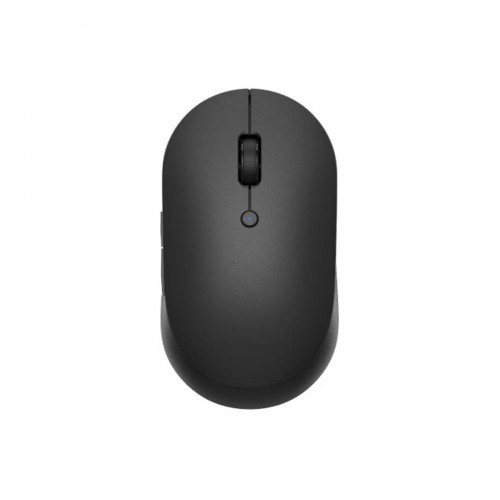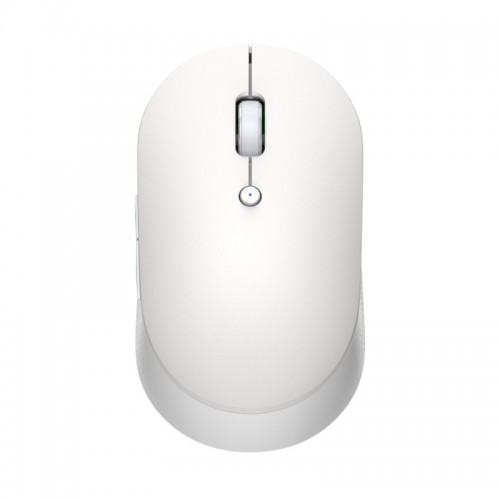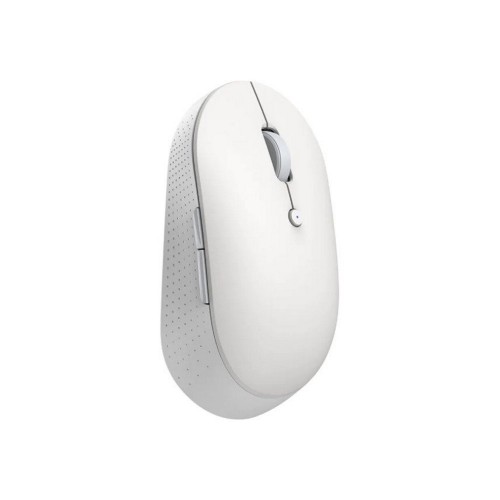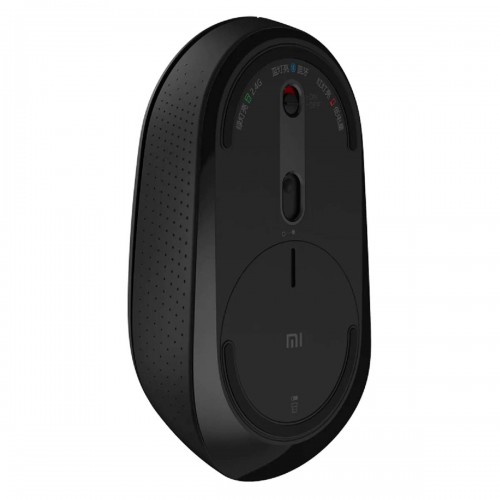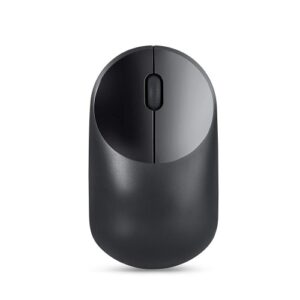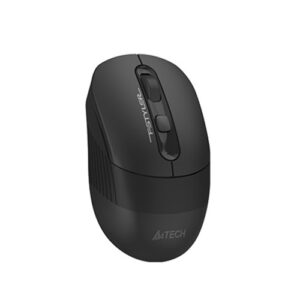Main Features of Bluetooth Technology
Bluetooth technology has evolved significantly since its inception, becoming a crucial component in modern wireless communication. One of its most notable characteristics is low energy consumption, which enables devices to connect and communicate without significantly draining the battery. This feature is particularly beneficial for portable devices such as smartphones, tablets, and wearables, which rely on efficient power usage to maintain longevity.
Convenient wireless range is another defining feature of Bluetooth technology. Typically, Bluetooth devices operate effectively within a range of 10 meters, although advancements have seen this distance increase with newer versions. This wireless capability facilitates seamless connectivity among devices in close proximity, enhancing user experience, whether in personal or office environments.
The multifaceted connectivity options offered by Bluetooth technology allow for simultaneous connections with multiple devices. This means that a user can connect a smartphone to a wireless headset while also maintaining a link to a smartwatch, enabling diverse functionalities and usage scenarios. Moreover, Bluetooth technology supports various profiles that dictate the specific functions enabled between devices. For instance, the Headset Profile (HSP) allows audio device connectivity, while the Audio/Video Remote Control Profile (AVRCP) manages remote control features.
Over the years, Bluetooth technology has seen several version upgrades, each delivering improvements in speed, range, and overall efficiency. The introduction of Bluetooth 5.0, for instance, has significantly increased data throughput and extended the wireless range, ensuring a more robust connection. These enhancements have made Bluetooth an indispensable tool across various fields, from consumer electronics to automotive applications, confirming its versatility in supporting an ever-expanding array of devices.
Connection Types and Specification Guidelines
Bluetooth technology encompasses various connection types, each designed to facilitate specific use cases and applications. The primary connection types include Classic Bluetooth, Bluetooth Low Energy (BLE), and Bluetooth Mesh, each with its own specifications regarding range, data transfer speed, and practical applications.
Classic Bluetooth, also referred to as Bluetooth Basic Rate/Enhanced Data Rate (BR/EDR), is typically utilized for high-bandwidth applications, such as audio streaming and file transfers. The maximum range of Classic Bluetooth is approximately 100 meters, although this can vary based on environmental factors. It offers data transfer speeds of up to 3 Mbps, making it ideal for connecting devices such as headphones, speakers, and other peripherals that require a continuous data stream.
On the other hand, Bluetooth Low Energy (BLE) is engineered for energy-efficient applications, offering reduced power consumption with sufficient connectivity for devices that require sporadic communication. BLE has a shorter range, generally around 30 meters, and data transfer speeds of 1 Mbps. This makes BLE suitable for wearable technology, smart home gadgets, and other Internet of Things (IoT) devices where long battery life is critical.
Bluetooth Mesh represents a newer type of connectivity, allowing devices to communicate within a network, expanding the potential range beyond individual connections. In a mesh network, data packets can bounce from one device to another, thereby increasing overall coverage. This type is particularly effective for smart lighting, building automation, and other applications where large numbers of devices need to coordinate actions.
Understanding Bluetooth profiles and protocols is essential when selecting the appropriate connection type. These specifications not only define the capabilities of different Bluetooth devices but also highlight their limitations. By evaluating the specific use case, such as the required range, data speed, and energy consumption, users can make informed decisions on which Bluetooth connection type aligns best with their needs.
